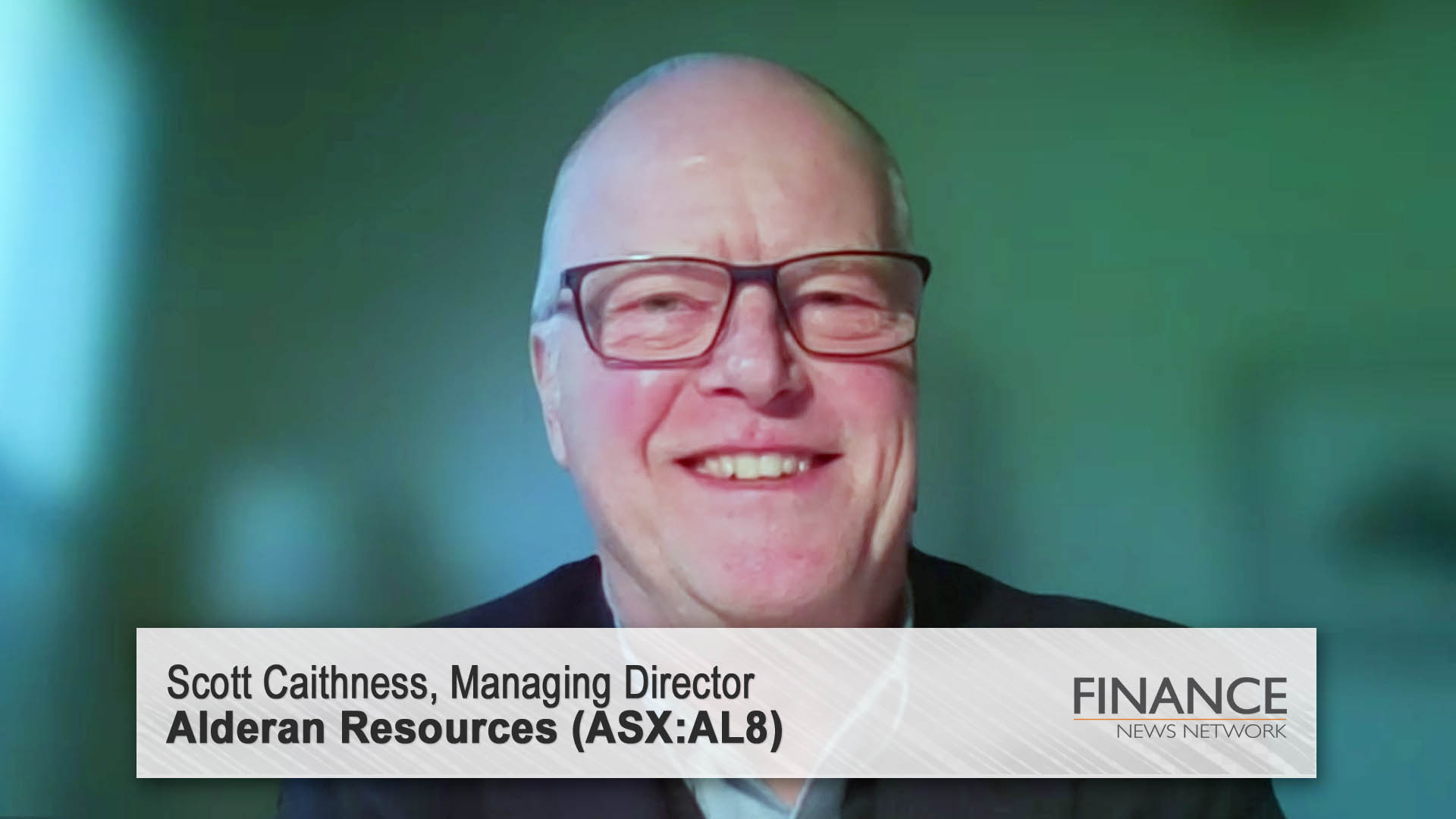In a speech in Melbourne last night, RBA Governor Philip Lowe expanded on his post-board meeting statement comments on housing lending – pointing the finger at some lenders for lax lending standards, blaming the current tax arrangements and urging governments to do something more constructive to boost the supply of housing and land.
He also warned in his speech that the rising level of debt associated with the home lending boom and rising house prices a growing risk to the stability of the Australian economy. the said the threat wasn’t to the financial system because the banks are resilient and well capitalised.
”Instead, the concern has been that the longer the recent trends continued, the greater the risk to the future health of the Australian economy. Stretched balance sheets make for more volatility when things turn down.”
Journalists pointed out that while the dinner was private, TV cameras were invited to the function, indicating the RBA wanted to get the widest possible dissemination of of the Governor’s comments.
Probably the most important (politically anyway) comment was the way he added weight to growing calls from sections of the property market, company directors, economists and company leaders for action – such as reassessing the capital gains tax discount of 50%.
He told the dinner – in remarks released ahead of the function that one of the reasons investor loans and interest-only loans were climbing so fast was “the taxation arrangements that apply to investment in residential property in Australia”.
"Not surprisingly, the rising prices have encouraged people to buy residential property as an investment in the hope of ongoing capital gains. With global interest rates so low, many investors have found it attractive to borrow money to invest in appreciating residential property. This has reinforced the upward pressure on prices.
"This configuration of ongoing increases in indebtedness and rising housing prices has been discussed at length by the Council of Financial Regulators. This council, which I chair, brings together the heads of the RBA, APRA, ASIC and the Australian Treasury. The concern has not been that these developments have posed a risk to the stability of our financial system. Our banks are resilient and they are soundly capitalised.
"Instead, the concern has been that the longer the recent trends continued, the greater the risk to the future health of the Australian economy. Stretched balance sheets make for more volatility when things turn down,” Mr Lowe told the dinner. He said that in some cases banks were “assuming that people can live more frugally than in practice they can”, leaving little for them to live on if things went wrong.
“Over the past year, close to 40 per cent of the housing loans made in Australia (and 60% for investors) have not required the scheduled repayment of even one dollar of principal at least in the first years of the life of the loan; only interest payments are required,” Mr Lowe said.
“Like the earlier ‘speed limits’ on investor lending (in 2014), these new requirements should help the whole system pull back to a more sustainable position. A reduced reliance on interest-only loans in Australia would be a positive development and would help improve our resilience. With interest rates so low, now is a good time for us to move in this direction.”
"Over the past year the value of housing-related debt outstanding increased by 6½ per cent. This compares with growth of around 3 per cent in aggregate household income. The result has been a further rise in the ratio of household debt to income, from an already high level.
"In aggregate, households are coping reasonably well with the higher debt levels. Arrears rates remain low and many households have built up sizeable buffers in mortgage offset accounts. At the same time, though, slow growth in wages is making it harder for some households to pay down their debt. For many people, the high debt levels and low wage growth are a sobering combination,“ he pointed out.
The governor also pointed to supply-demand problems, saying:
"The various prudential measures do not address the underlying supply-demand issues. But they can reduce the risk from the financial side of the housing market while the underlying issues are addressed. These prudential measures help lessen the amplification of the cycle we get from borrowing and reduce the risk of developments on the financial side weakening the resilience that our economy has exhibited for many years. Ideally, this would be achieved by financial institutions acting themselves, without the need for prudential guidance. But sometimes prudential guidance can help the whole system adjust.” Finally, he warned that regulators would act again if the latest measures from APRA and ASIC on interest only loans did not produce the desired result:
"The Council of Financial Regulators will continue to assess how the system responds to the various measures so far. It would consider further measures if needed. As I have said, though, in the end addressing the supply side of the housing market is likely to prove a more durable way of dealing with the concerns that people have about debt and housing prices than detailed supervisory guidance,” Dr Lowe said.













